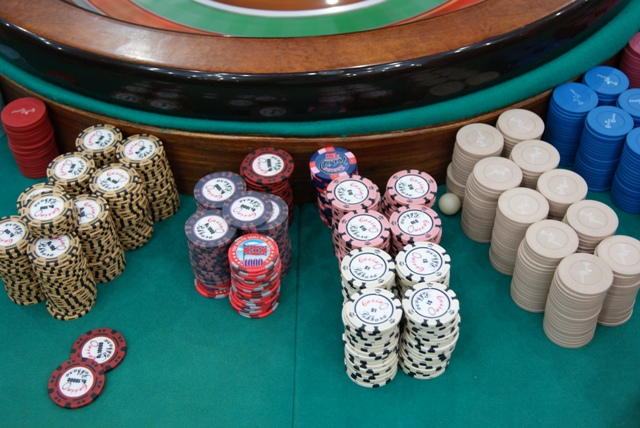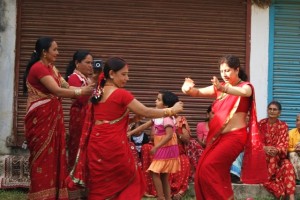
Rhythm in their blood
One of the advantages of not being a Nepali is that you can enter the casinos. The laws of the land officially forbid a native from gambling. However, this has not come in the way of the two valleys – Kathmandu and Pokhara – from becoming favoured destinations for the global gambler. There are four casinos housed in four of Kathmandu city’s top hotels and another one in Pokhara situated 200 kilometres to the west of the valley. Most of the casinos offer 24-hours of non-stop poker, blackjack, roulette, flush and other card games as well as slot machines. Some take a break during the odd afternoon hours, sprucing up for the big night.
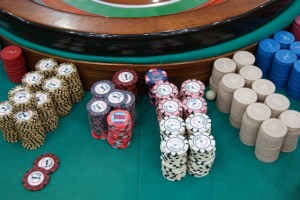
Playground of Asian millionaires
I entered a popular casino one afternoon where the experienced and dapper-looking staff had already begun the day arranging the gaming tables for the long, night ahead. I could feel the excitement throbbing in the air – an excitement that can come only when you know millions are going to change hands in a few hours. In a span of a single night, millionaires will be made and some savings totalled. The staff set the tables with a silent efficiency, practising their warm, welcome smiles on me. I was hooked. As the night progressed, fortunes were made, changed hands or just flushed down the drain. Sighs were heaved – of relief and exasperation. Laughs are mostly nervous, some polite and a few from real delight. It is through the casinos that opulence descends on Nepal as the jet-setting millionaires from the booming economies of South Asia make this Himalayan country their playground.
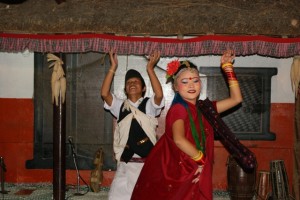
Culture artistes have a difficult life
From high-stakes gambling to tamer cultural shows to tacky ones like horror show and the more risqué, vigorous ones – Nepal has it all. While city laws mandate that music must be switched off by 10pm, some manage to weave their way around this and manage to stay open till late. The tourist-friendly police turn a blind ear or eye towards the law-benders as long as they are not any nuisance to the public. Most of the cultural shows are staged inside the bigger star hotels or as part of popular restaurants. The performers work hard for a living – with some doing shifts at two or more stages in a single night. Like a typical tourist, I too decided to enjoy the best of both worlds – watching colourful culture unfolding as I dug into my dinner in a resort by the Fewa Lake.
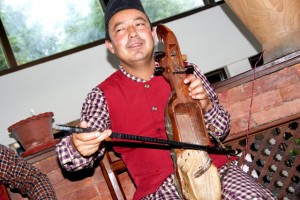
Popular resorts arrange their own fare
In case too much of culture had me nodding off, I also bumped into options which kept me awake – with a scream. Ok, scream was an exaggeration, let’s say, a start. The Adhunik Manoranjan Ghar in Kathmandu Mall takes the last stand in a dying tradition where tacky tricks are employed to scare. The tricks try weakly and often with humorous results to make the hair on your limbs stand up. I barely escaped hissing serpents, dismembered skulls and the remnants of an Alcatraz interrogation. There was even one highly deplorable attempt to throw me off the edge of the world.
Nepal’s nightlife is not just about high-stakes gambling, enlightening cultural shows or ‘hair-raising’ horror shows. There are also the sinfully sensuous dance bars. However, many of the dance bars over the years have earned the dubious reputation for being fronts for organised prostitution. Numerous documentaries and budget videos also point an accusing finger at these joints, several of which are fly-by-night sleaze mongers who operate without proper licenses or clearances. There are many organisations who are working to free some of the girls trapped in prostitution rings. Some of them even allege that the girls are picked out by ‘talent scouts’ who frequent these bars. The girls are then sent to brothels in surrounding countries – of which India alone accounts for 5,000 annually.
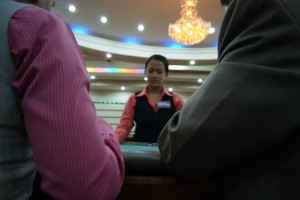
Dapper staff man the gaming tables
Nevertheless, it goes without saying that these joints do contribute to the economic well-being of a sizeable chunk of the population. Many youngsters use this as a platform to more lucrative acting or modelling careers. Some I met were here to make money which would see them through college. For whatever reputation that precedes it, Nepal draws some strict lines when it comes to interaction between the sexes. In a society where public displays of affection are frowned upon and too much skin show is discouraged, these dance bars came as a mild shock to me. A sort of slight culture-startle.
Most of the time these dance bars are where the weary traveller, the bored businessman, the tired babu or just your average rich kid congregates to wind up a long day. The drinks are concocted with a heady mix of pulsating music and thrown back to lissom lasses and dashing dudes setting the stage on fire. There is commendable talent on display here, this is a showcase of agility and rhythm, a manifestation of fun and frolic so ingrained in the way of life. As I sat late in the dark, among a waning crowd, washing down my thoughts with cocktails, making new friends and cheering on the lone dancer who was gyrating half-hearted to a tired number, it was easy to understand why the Nepalis were a misunderstood lot.
Though the Nepalis look collected calm, almost to the point of cold once you talk to them, you find that they are nothing but. Chirpily effusive, peel the outer skin and they come across as a warm lot who are genuinely eager to help you. Neither the disparities of a remittance economy nor the laggardness of a rent-seeking behaviour were helpful in insulating them from the chaos of imposed modernity. Brought up in a land that survived on a rich legacy of centuries-old traditions, modernity was thrust upon them. Instead of the country slowly opening up to the rest of the world, the familiarisation happened the other way around.
Abruptly.


